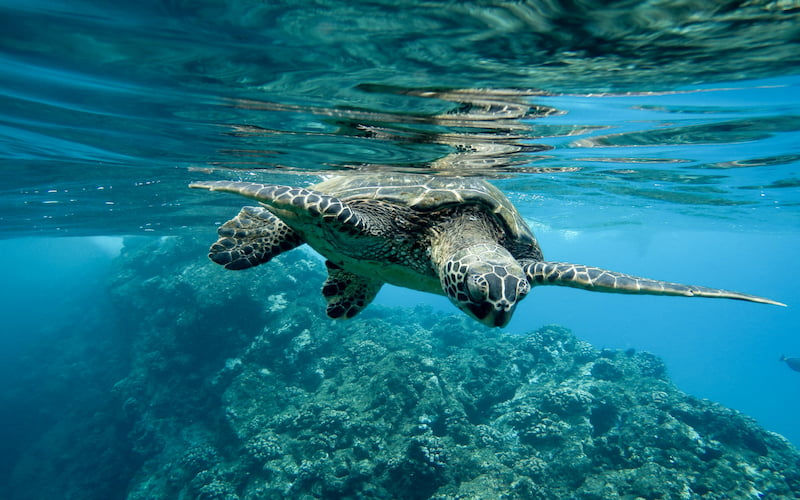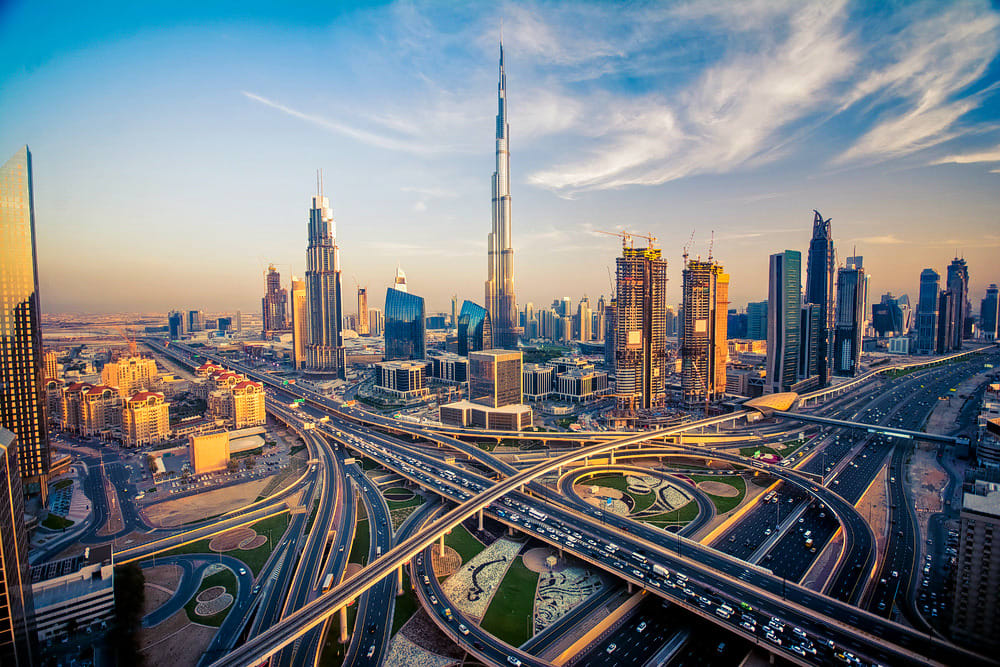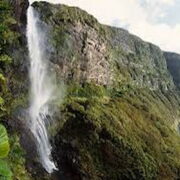
Underwater Waterfalls & Reverse Rivers in the Philippines
The Philippines is a country filled with the wonders of the natural world, and among these, some of the most interesting are hidden under the water. One phenomenal underground miracle is the underwater waterfall, a well-illustrated phenomena that presents an optical illusion as sand and water move to produce the image of a cascading waterfall under the sea. In another, the philippines is endowed with the reverse river phenomenon, that is, a river moving backward because of the unusual condition of tidal and geological forces. The beaches and rivers are producing magnets to adventurers, divers, and scientists to experience the magical beauty and delve into science behind these natural wonders.
One has to prepare travel documents for visiting these places from the UAE. For any trip, the traveler must comply with the visa conditions for the Philippines before booking the travel adventure. It is an easy task with a straightforward application procedure to obtain a Philippines visa from Dubai, but very important to prepare all the required documents. If you are either an explorer intending to feel the underwater magic waterfalls or a nature lover keen on reverse rivers, then a visit to the Philippines will most likely bring you to an unforgettable founded journey into the wonders of nature.
Here are some of the underwater waterfalls & reverse rivers in the Philippines:
This is the Illusion of Underwater Waterfalls
It is said to be an optical illusion, which is the condition under an effect of repeatedly causative moving water with different densities and temperatures. Its most famous example in the Philippines is the one in Camiguin Island, where deep-sea currents and sand movements work together to produce this illusion of water cascading into the depths.
How It Works:
The illusion of an underwater waterfall works by the sinking of colder and denser water under warm water or else sand and silt caused by ocean currents moving downwards looking like a waterfall. Light refraction and clarity of the water increase this visual effect that makes it look like a continuous plunge under the sea surface.
Famous Locations:
- Diving in Mantigue Island, Camiguin will sometimes expose one to sand and silt moving together in creating the cry of an underwater waterfall.
- Tubbataha Reefs Natural Park – At this UNESCO World Heritage Site are depths that appear to contain wet falls tricked by the current.
- Balicasag Island, Bohol – Another invited diving area where underwater slopes are contributory to the phenomenon.
Reverse Rivers: When Water Flows Uphill
The rivers sometimes referred to as tidal bores or upstream rivers, are the types of rivers where ocean tides push river waters back inland and thus, give an illusion that the river is flowing in reverse. There are some rivers in the Philippines that attest to this phenomenon, especially when there is a high tide and a strong monsoon.
Reverse River Causes:
Tidal Influence: As the tide rises, seawater runs back against river currents, promoting flow upstream.
Strong Winds and Storms: The typhoon and monsoon winds push seawater inland, thus reversing river currents temporarily.
Geological Features: Certain river mouths and estuaries are naturally shaped to amplify tidal bores.
The Philippines’ Most Notable Reverse Rivers:
- Amazon of the Philppines (Cagayan River, Luzon) – Sections of this river get the tidal influences whence its flow has slowed or temporarily altered but not on the entire stretch.
- Hinatuan Enchanted River, Surigao del Sur – Accessibly connected with the seas underground channels, this river has movement in some surprising directions via tides.
- Abatan River, Bohol – It has mangrove forests, but during certain times of the day, this river upchannels from upstream because of the tidal phenomena.
Importance of These Phenomena
Both underwater waterfalls and reverse rivers accentuate the multi-dimensionalism of water systems, highly dynamic and important, where they also contribute to marine biodiversity and the ecosystem.
Ecological Impacts:
- Marine Life: Variations in the movement of water layers result in different nutrient distributions, enticing different forms of marine species.
- Sediment Transport: Sand and silt movement shape underwater landscapes and influence health in coral reefs.
- Mangrove and Estuary Health: A reverse river would nut in nutrients that would later be available for coastal vegetations and aquatic organisms.
Cultural and Touristic Significance:
- Diving and Snorkeling Destinations: Locales are those that capture underwater waterfalls and asked tidal flows as come hither to adventure-seekers and scholars alike.
- Folklore and Myths: Many local legends surround these phenomena and ascribe them to supernatural forces.
- Study: Researchers have been curious about the phenomena of these occurrences and will be doing studies and research on climate impacts, hydrology, and marine ecosystems.
Conclusion
The underwater waterfalls and the reverse rivers define the extraordinary beauty of the natural landscape deserted in the Philippines. These rare occurrences prove that nature can surprise and amaze us with its hidden secrets. From diving deep in blue waters to view the illusion of a cascading waterfall to viewing a river going against gravity, the experience in the Philippines is like nothing else.
Planning ahead for all journeys will ensure a smooth journey for travelers in the UAE. Most important for smooth travel would be knowing the Philippines visa requirements and securing a Philippines visa from Dubai beforehand. So, pack and set off for the journey of your life that will create rich memories exploring these magnificent creations of Nature. Finally, get ready to witness the magic of the Philippines and enjoy the beauty carved by unique environments presented
Read more
Recent Posts
How to Experience New Zealand Like a Local: Insider Tips
How to Reapply for a Turkey Visa After a Rejection
Top 10 Unmissable Destinations in Schengen for Travelers
All Categories
Tags

Dubai




